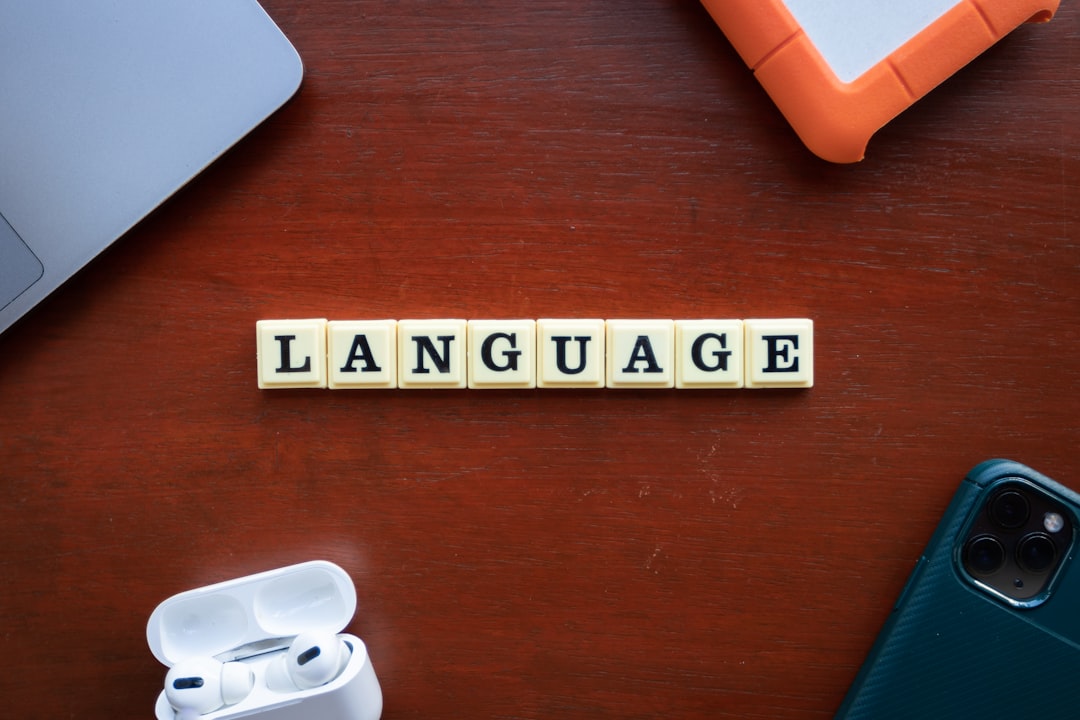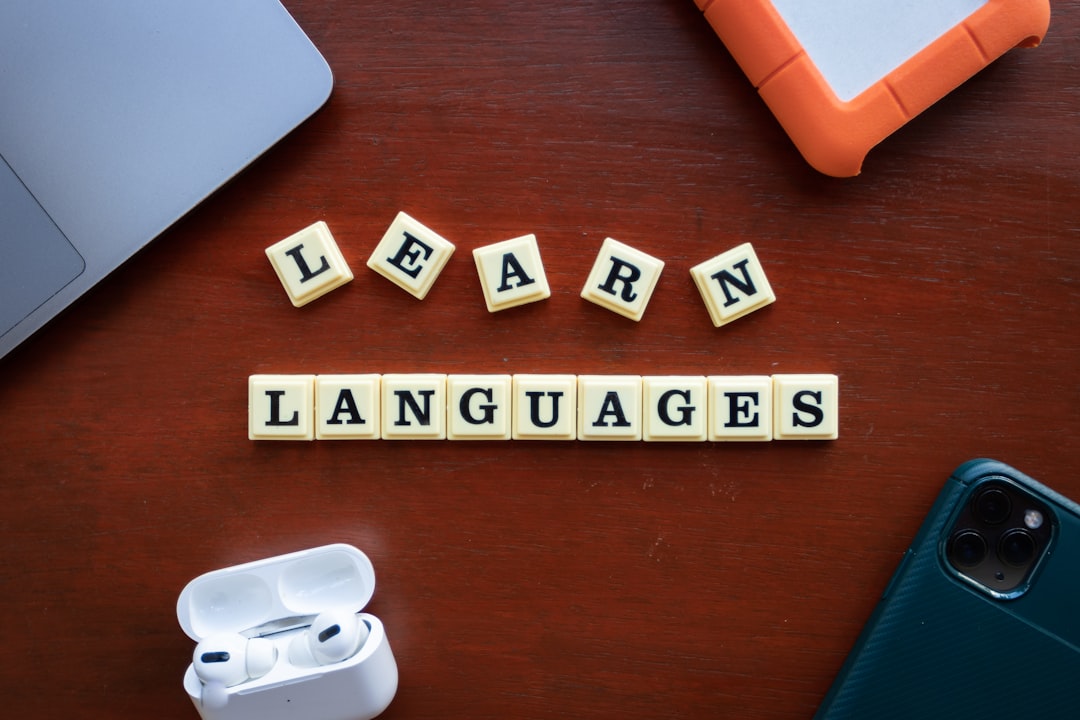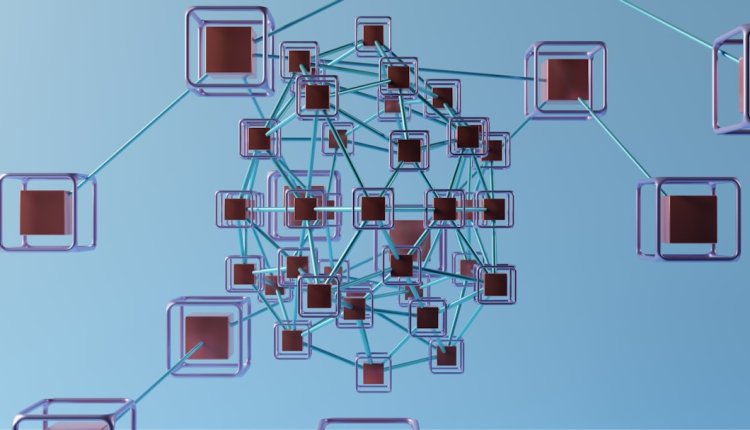How does AI translation handle translating website content?
In an increasingly digital world, businesses and organizations are making their websites available in multiple languages to reach global audiences. But creating multilingual web content is no easy feat — it involves more than just translating words. This is where AI translation steps in, revolutionizing how website content is localized and ensuring that language is no longer a barrier to global access.
So how does AI translation actually manage website translation? Let’s take a deep dive into the processes and technologies that make it all possible.
The Foundations of AI Translation
AI-powered translation tools, like Google Translate, DeepL, and Microsoft Translator, rely on neural machine translation (NMT). These systems are trained on vast datasets consisting of multilingual texts to learn patterns, structure, and semantics of different languages.
The primary goal of these tools is not just to switch words from one language to another, but to understand the context behind sentences. This context-aware ability improves accuracy and results in more natural-sounding translations compared to older methods, such as rule-based or statistical models.
Website Content: A Complex Medium
Translating website content is more complicated than translating a block of text. Websites contain:
- Headers and footers
- Interactive forms and buttons
- Product listings
- Dynamic content loaded from databases
- SEO metadata
Each of these elements requires special attention. An AI translation system needs to identify the *meaning and function* of this content on the page so it can accurately and appropriately translate it into the target language.

Integration of AI with Website Platforms
Today, many companies integrate AI translation through plugins and APIs that work seamlessly with content management systems (CMS) like WordPress, Shopify, or Joomla. These integrations offer features such as:
- Automatic content detection – AI scans the site to find translatable content.
- Real-time translation – Pages are translated dynamically as visitors browse.
- Editable output – Editors can manually adjust AI-generated translations for higher precision.
This synergy allows site owners to maintain a central site structure while serving it in multiple languages, creating a unified and consistent user experience across cultures.
Handling Context and Localization
One of the most remarkable advancements in AI translation is its ability to handle localization. Localization means adapting content not just linguistically but also culturally. This includes:
- Understanding idiomatic expressions
- Adapting date, time, and number formats
- Selecting region-appropriate synonyms
Modern AI models rely on context and previous translations to choose the correct meanings of words that may have multiple interpretations — an essential feature when trying to deliver accurate localized content.
Challenges in AI Website Translation
Despite its capabilities, AI translation is not without its hurdles. Some challenges include:
- Slang and informal language: AI might struggle with regional colloquialisms.
- Industry-specific jargon: Technical or niche terms may not translate well.
- Visual context: Understanding what a word refers to when it depends on an image or interface layout.

This is why many businesses use a hybrid approach—combining the speed and scalability of AI with human translators for reviewing highly sensitive or critical content.
The Role of AI in SEO and Performance
AI translation tools can also be configured to maintain or recreate SEO metadata like page titles, meta descriptions, and image alt text in different languages. This ensures that the translated site is not only readable but also discoverable in search engines across multiple regions—a huge plus for international digital marketing efforts.
Looking Ahead
The future of AI translation for website content is promising. With the incorporation of deep learning, computer vision, and enhanced contextual training, upcoming systems are expected to become even more adept at nuance, tone, and cultural subtleties.
As global user bases expand, businesses that embrace AI-driven multilingual strategies will be better positioned to connect with audiences from every corner of the world.
In short, AI translation is not just changing how we communicate — it’s reshaping the digital landscape by making the internet more inclusive and accessible for everyone.

Comments are closed.